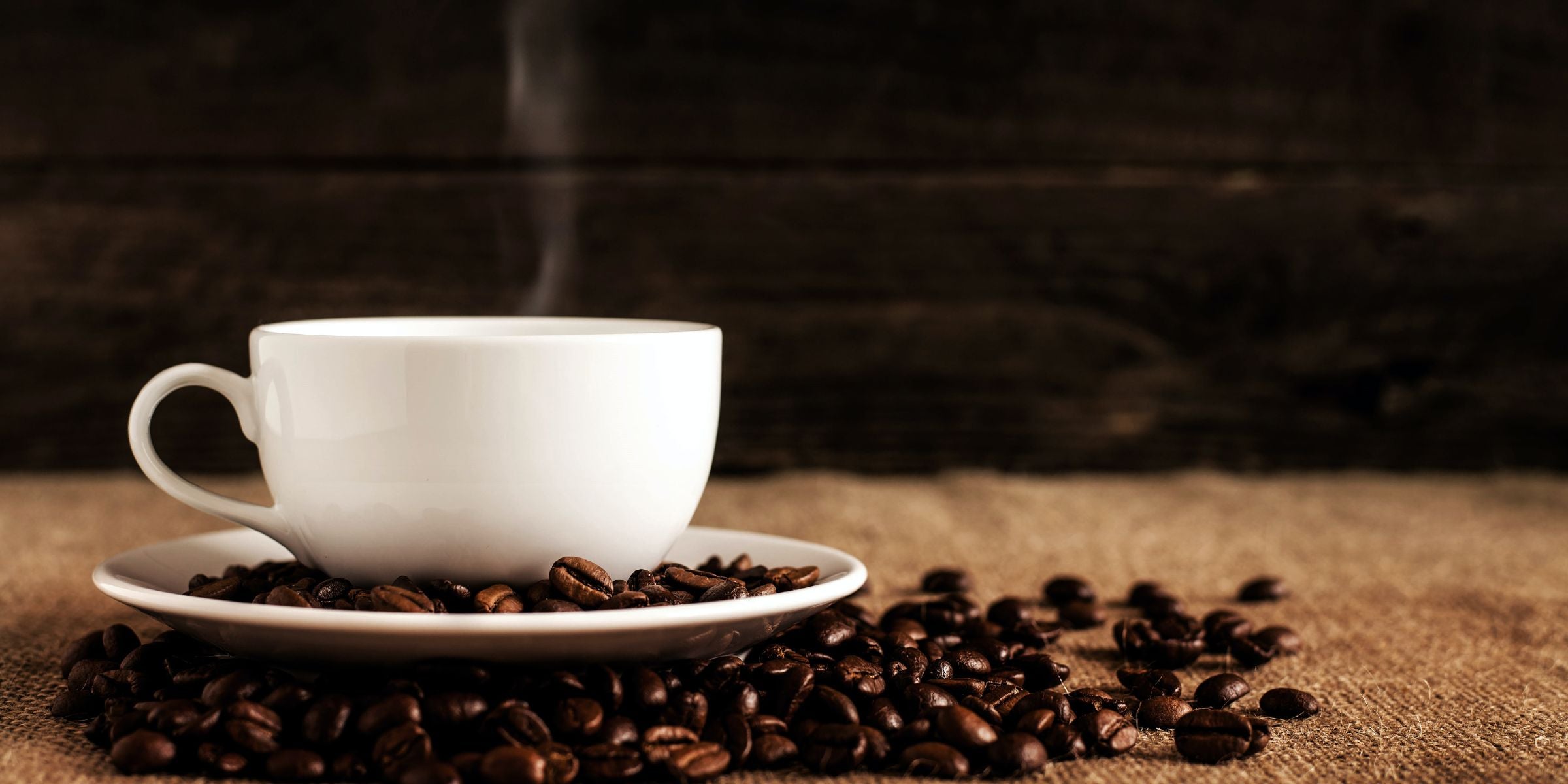
The Science of Coffee Brewing: Unlocking the Secrets to a Perfect Cup
Brewing a cup of coffee may seem like a simple task, but behind that morning ritual lies a fascinating world of scientific principles and techniques. From water temperature and grind size to extraction time and brewing methods, every element plays a crucial role in crafting a perfect cup of coffee. In this blog post, we will dive deep into the science of coffee brewing, unraveling the mysteries behind the brewing process and sharing valuable tips to help you achieve that ideal cup of coffee at home. Get ready to embark on a journey into the captivating realm of coffee science.
Understanding Extraction: The Key to Flavor

[Photo credit: Najib Kalil via Unsplash]
At the heart of coffee brewing lies the process of extraction. Extraction is the process of dissolving the coffee's desirable flavors, oils, and compounds from the ground coffee beans into the water. Achieving an optimal extraction is essential for capturing the nuanced flavors and achieving balance in your cup.
Water Temperature: Striking the Right Balance

[Photo credit: Tyler Nix via Unsplash]
Water temperature is a critical factor in coffee brewing. The ideal range for water temperature is typically between 195°F and 205°F (90°C to 96°C). This temperature range allows for efficient extraction of flavors from the coffee without scorching or under-extracting. Use a thermometer or an electric kettle with temperature control to ensure precision in your brewing process.
Grind Size: Finding the Perfect Consistency

[Photo credit: Nathan Dumlao via Unsplash]
The grind size of your coffee beans plays a significant role in determining the extraction rate and overall flavor of your brew. Different brewing methods require specific grind sizes to optimize extraction:
Coarse Grind: Coarse grinds are ideal for methods like French press and cold brew, where longer steeping times are employed. The larger particles slow down extraction, resulting in a smoother, less acidic brew.
Medium Grind: Medium grinds are well-suited for drip coffee makers, pour-over methods, and AeroPress. This versatile grind size offers a balanced extraction, showcasing the coffee's flavors while maintaining a pleasant level of acidity.
Fine Grind: Fine grinds are best for espresso machines and Moka pots, where shorter contact times are employed. The finer particles allow for rapid extraction, producing a concentrated and robust cup of coffee.
Brewing Methods: Unleashing the Flavors

[Photo credit: Nathalia Segato via Unsplash]
Different brewing methods offer distinct experiences and flavors. Let's explore a few popular methods:
Pour-Over: Pour-over brewing involves slowly pouring hot water over a filter containing ground coffee. This method allows for precise control over the brewing process, resulting in a clean and flavorful cup with bright acidity.
French Press: The French press method involves steeping coarse-ground coffee in hot water and then pressing the plunger to separate the grounds. This immersion brewing method yields a full-bodied cup with rich flavors and a slightly heavier mouthfeel.
Espresso: Espresso brewing utilizes high pressure to force hot water through finely ground coffee, producing a concentrated and intense shot of coffee. Espresso is the foundation for various coffee-based beverages like cappuccinos and lattes.
AeroPress: The AeroPress is a versatile brewing method that combines elements of immersion and pressure. It produces a clean, smooth cup with a wide range of flavor possibilities.
Extraction Time: Finding the Sweet Spot

[Photo credit: Andrew Welch via Unsplash]
Mastering extraction time is crucial for achieving the perfect cup of coffee. It refers to the duration of water interacting with coffee grounds to extract desired flavors. Balancing extraction time is key, as too short or too long can result in weak or bitter flavors. Consider these factors for optimal extraction time:
- Grind size: Finer grinds extract faster, while coarser grinds require more time.
- Water temperature: Ideal range is typically between 195°F to 205°F (90°C to 96°C).
- Brewing method: Each method has different extraction time requirements.
- Other factors: Water quality, bean freshness, and agitation techniques also affect extraction.
By experimenting and adjusting these variables, coffee enthusiasts can find the sweet spot in extraction time and unlock the full flavor potential of their beans, leading to a truly delightful coffee experience.
